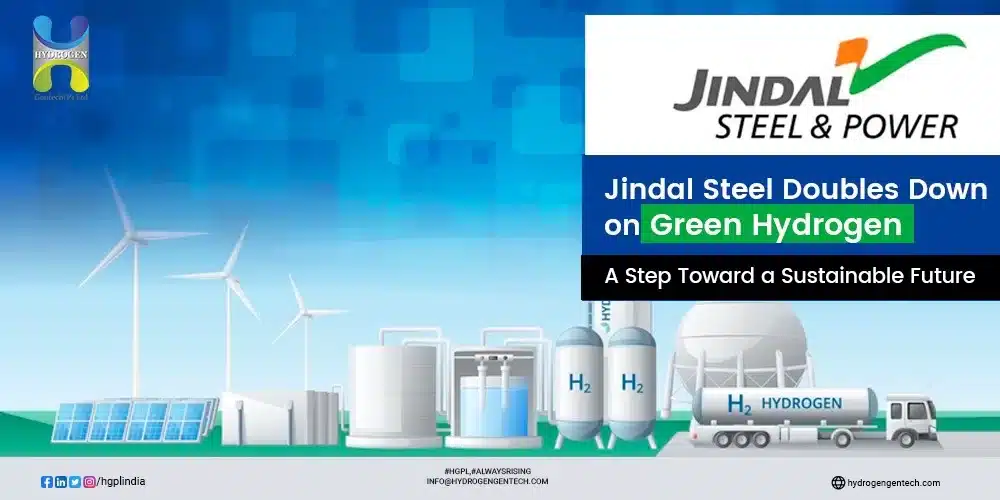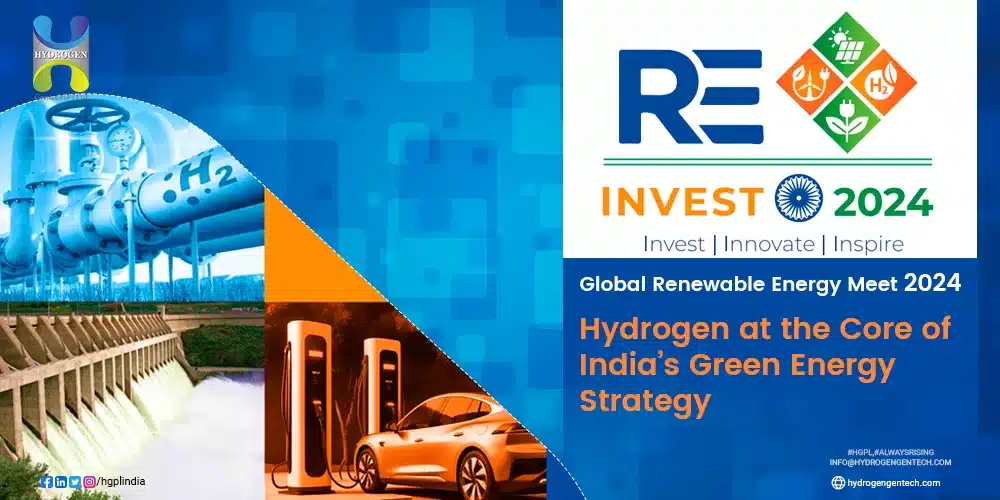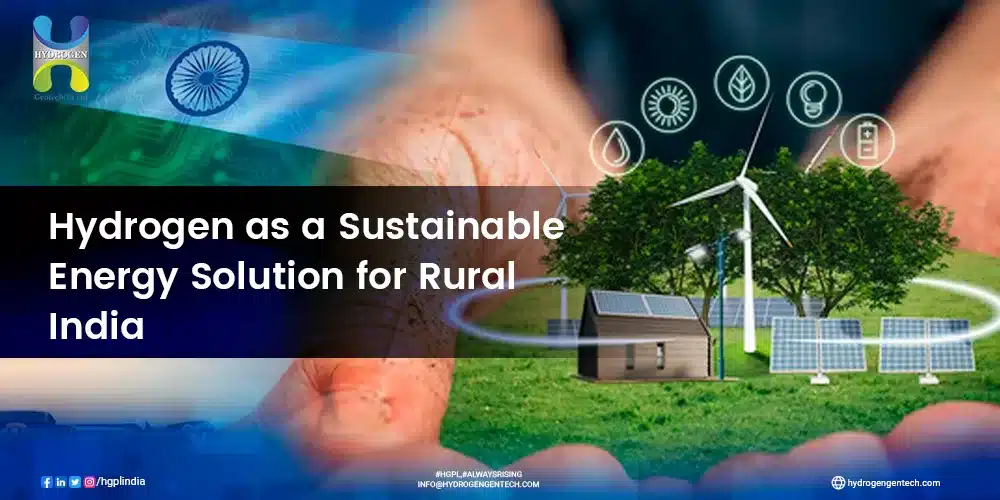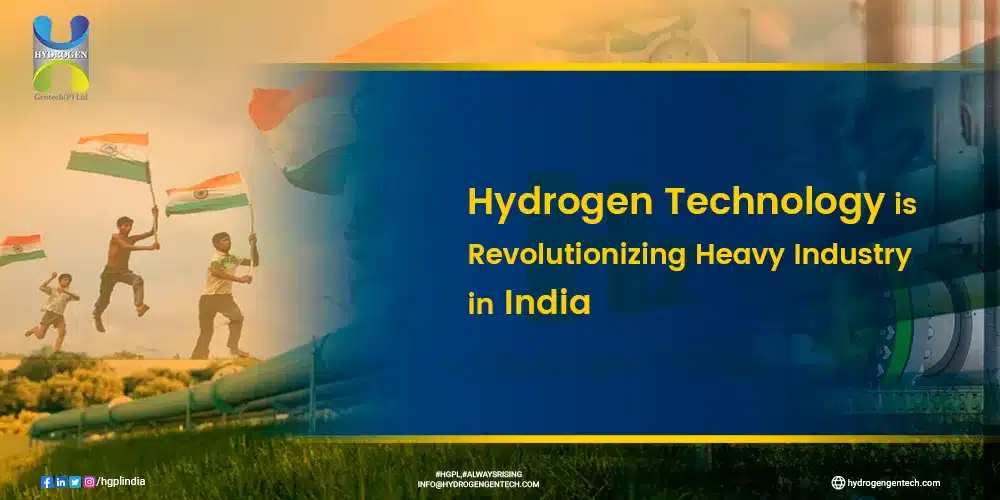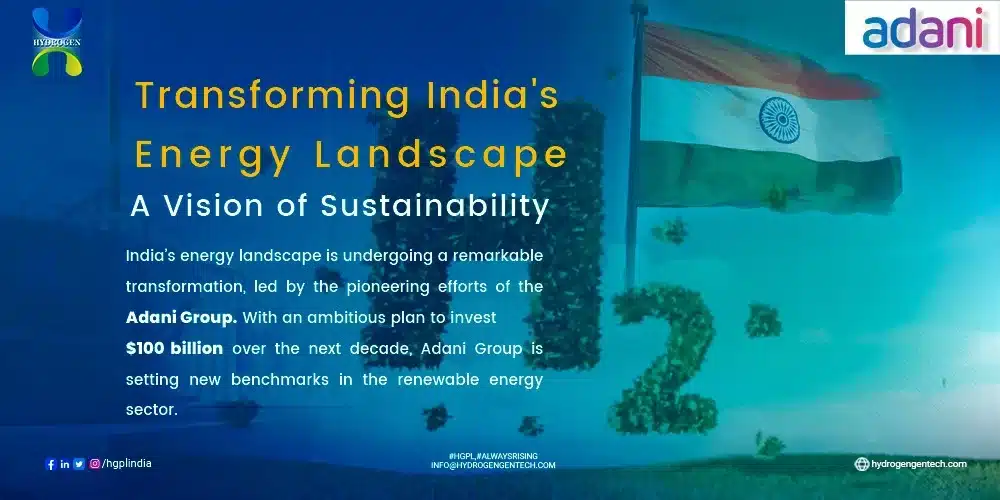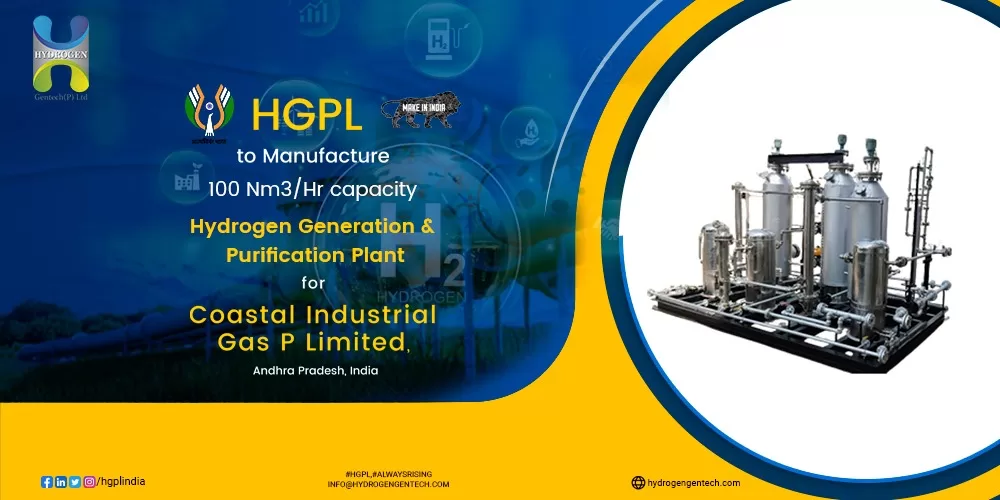The global race toward carbon neutrality by 2050 has placed a sharp focus on industries responsible for the highest greenhouse gas (GHG) emissions. Among them, the steel industry stands out as a significant emitter, contributing nearly 7-9% of global CO₂ emissions. Given the essential role steel plays in infrastructure, construction, and manufacturing, decarbonizing this sector is crucial for achieving net-zero goals.
This is where hydrogen (H₂) technology steps in as a game-changer. By replacing conventional carbon-intensive processes with green hydrogen-based alternatives, steelmakers can drastically cut emissions. In this blog, we will explore:
- Why decarbonizing steel production is critical.
- How hydrogen-based steel production works.
- The benefits and challenges of using hydrogen in the steel industry.
- Key players and initiatives driving this transition.
The Need for Decarbonizing the Steel Industry
Traditional steel production relies on blast furnaces that use coke (a carbon-rich fuel derived from coal) to reduce iron ore into molten iron. This process emits large amounts of CO₂ due to both the combustion of coke and the release of carbon from iron ore.
Key statistics:
- Steel production accounts for 7-9% of global CO₂ emissions.
- Producing 1 ton of steel using conventional blast furnaces generates approximately 1.8-2.2 tons of CO₂.
With climate agreements like the Paris Agreement and country-specific decarbonization targets, steel producers face mounting pressure to reduce their carbon footprint. Companies and governments are searching for alternatives to coke-based production, and hydrogen-based Direct Reduced Iron (DRI) is emerging as a leading contender.
How Hydrogen Can Decarbonize Steel Production
Hydrogen can revolutionize steel production through the Hydrogen-based Direct Reduction (H-DR) process. Here’s how it works:
- Traditional vs. Hydrogen Process
- Conventional Process: Iron ore is reduced to metallic iron using carbon (coke), releasing large quantities of CO₂.
- Hydrogen-based Process: Instead of coke, green hydrogen (H₂) is used as the reducing agent. During this process, hydrogen reacts with iron ore (Fe₂O₃) to produce sponge iron (direct reduced iron) and water vapor (H₂O) as a byproduct.
Reaction Formula:
Fe₂O₃ + 3H₂ → 2Fe + 3H₂O
- Use of Electric Arc Furnaces (EAFs)
After the hydrogen-based reduction, the sponge iron is melted using an Electric Arc Furnace (EAF), which runs on renewable electricity instead of coal. This approach eliminates emissions at both the reduction and smelting stages. - Green Hydrogen’s Role
The key to a truly decarbonized system is the use of green hydrogen, which is produced via water electrolysis powered by renewable energy (solar, wind, hydro, etc.). Unlike grey hydrogen (from natural gas) or blue hydrogen (from natural gas with CCS), green hydrogen has no associated carbon emissions.
Benefits of Hydrogen-Based Steel Production
Switching to hydrogen for steel production offers multiple economic, environmental, and competitive advantages.
1️⃣ Zero-Carbon Steel Production
- The traditional blast furnace process emits up to 2.2 tons of CO₂ per ton of steel.
- Hydrogen-based steel production emits zero direct CO₂ (only water vapor is released).
- This makes it a key enabler for industries and countries to achieve their net-zero carbon targets by 2050.
2️⃣ Reduced Dependence on Fossil Fuels
- The steel industry is traditionally dependent on coal and coke. By switching to green hydrogen, steelmakers can reduce dependence on fossil fuels, which are subject to price volatility and supply chain risks.
- Hydrogen can be stored, transported, and used as an on-site energy source, enhancing energy security for steel producers.
3️⃣ Enhanced Competitiveness and Market Differentiation
- Companies producing “green steel” can charge a premium price as demand for low-carbon steel grows.
- Eco-conscious customers, especially in automotive, construction, and electronics, are prioritizing sustainable supply chains.
- Steelmakers producing “green steel” will be able to differentiate their products in the marketplace.
4️⃣ Compliance with Climate Regulations and Incentives
- Governments are offering carbon credits, subsidies, and grants for decarbonizing industrial sectors.
- Companies that adopt hydrogen-based processes will face fewer regulatory hurdles and avoid carbon taxes in regions with strict carbon pricing schemes.
Challenges and Barriers to Hydrogen Adoption in Steel Production
While the benefits of hydrogen in steel production are clear, the journey to large-scale adoption is not without hurdles.
1️⃣ High Cost of Green Hydrogen
- Producing green hydrogen is currently more expensive than grey hydrogen or traditional fossil-fuel-based processes.
- The cost of producing 1 kg of green hydrogen ranges from $3 to $6 per kg, while grey hydrogen is around $1-2 per kg.
2️⃣ Need for Renewable Energy Scaling
- Green hydrogen production requires large amounts of renewable electricity to power electrolysis units.
- Availability of renewable energy must be scaled up significantly to support this shift.
3️⃣ Retrofitting Existing Plants
- Steel plants built for blast furnaces need significant capital investment to transition to hydrogen-based direct reduction and electric arc furnaces (EAFs).
- Retrofitting existing plants is costly, which could be a barrier for smaller steelmakers.
4️⃣ Hydrogen Storage and Transport
- Storing and transporting hydrogen is complex, as it requires high-pressure tanks or cryogenic storage.
- To make hydrogen-based steel production viable, the supply chain for hydrogen must be strengthened.
Key Players and Global Initiatives in Hydrogen Steel
Several large steel producers and technology companies are leading the charge toward hydrogen-based green steel production.
- HYBRIT (SSAB, LKAB, and Vattenfall – Sweden): World’s first pilot plant producing “fossil-free steel” using green hydrogen.
- ArcelorMittal (Luxembourg): Announced plans to use Hydrogen-based DRI to achieve carbon-neutrality.
- Thyssenkrupp (Germany): Developing H2-ready steel plants to reduce carbon emissions.
- Tata Steel (India/Netherlands): Exploring hydrogen-based technologies for steel production in alignment with India’s net-zero goals.
- Salzgitter (Germany): Developed the SALCOS (Salzgitter Low CO₂ Steelmaking) initiative to use green hydrogen.
These initiatives demonstrate that the industry is committed to decarbonization through hydrogen. With early adopters taking the lead, it’s only a matter of time before green steel becomes the new normal.
The Road Ahead: Hydrogen for Net-Zero Steel Production
Hydrogen is emerging as a vital tool in the quest to decarbonize the steel industry and meet 2050 net-zero carbon goals. While the shift from traditional blast furnaces to hydrogen-based DRI is capital- and energy-intensive, the long-term benefits in terms of reduced emissions, energy independence, and market competitiveness are undeniable.
What’s Next?
- Scaling green hydrogen production: Reducing production costs and ensuring sufficient supply.
- Government support: Subsidies, incentives, and regulatory support to accelerate the transition.
- Technological innovation: More efficient electrolyzers and hydrogen storage solutions.
Conclusion
The transition to hydrogen-based steel production is essential to achieve the world’s 2050 net-zero targets. Hydrogen can transform the steel industry from one of the largest CO₂ emitters into a clean, green, and sustainable sector. While challenges such as high hydrogen production costs and the need for retrofitting existing plants persist, innovations and support from governments, investors, and industry leaders are driving this transition forward.
For steelmakers, adopting hydrogen-based DRI is more than just an environmental responsibility — it’s a business opportunity to become market leaders in green steel. The journey to decarbonization may be long, but the momentum is building.
Ready to lead the green steel revolution?
Hydrogen Gentech Private Limited (HGPL) is at the forefront of hydrogen production technology, offering custom on-site hydrogen generation systems to support decarbonization efforts in steel, manufacturing, and beyond. Get in touch with HGPL to explore how we can power your journey to a net-zero future.




